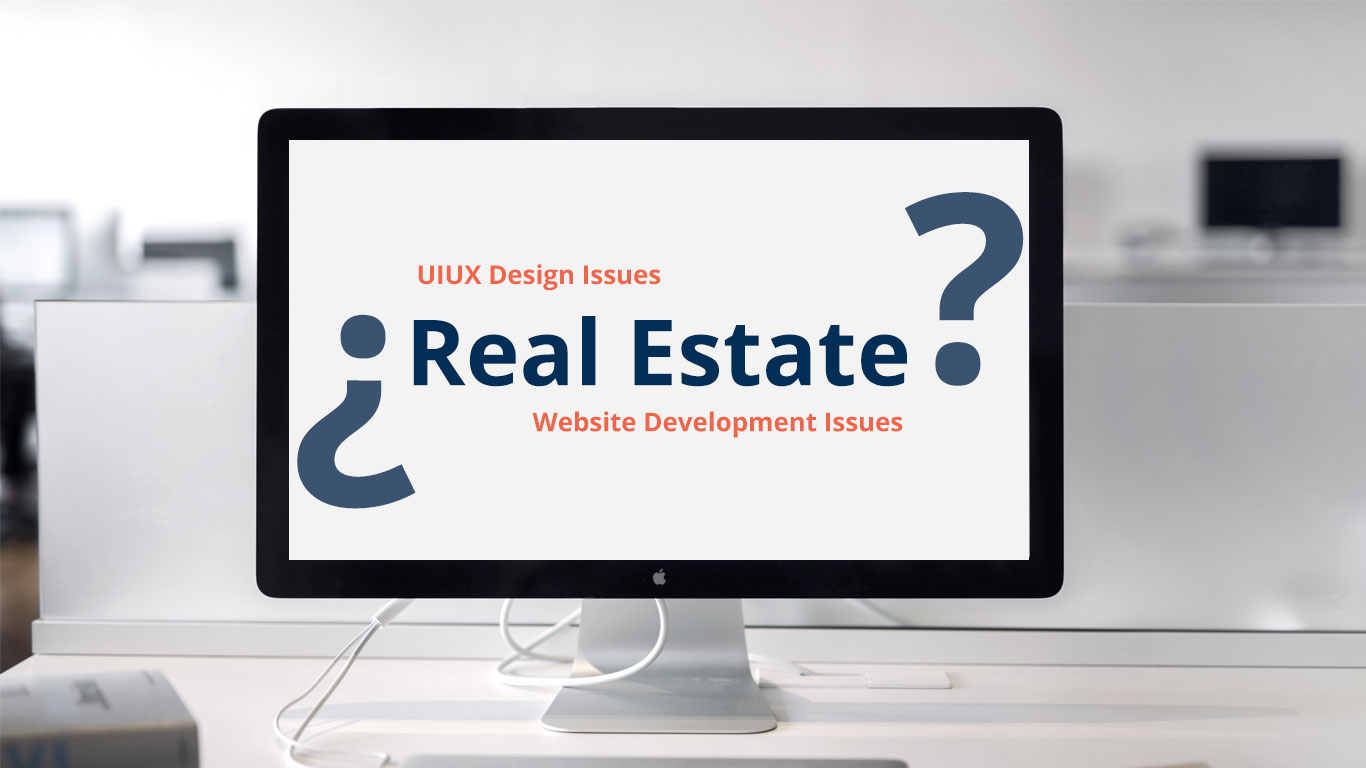 Website Design & Development
Website Design & Development10 Common Issues in Real Estate Website UIUX Design & Development
In the dynamic realm of real estate and construction, UIUX design & Website plays a pivotal role in attracting clients, showcasing properties, and driving conversions. This article takes a deep dive into the hurdles faced by companies in this industry, shedding light on the tenacious challenges that often lurk behind the scenes. From the treacherous sea of design choices to the need for engaging mobile responsiveness, we embark on a journey to understand and conquer the pain points of UIUX design and website development.
“Pixels to Profits
Real Estate’s Web Journey“
Key Points
Table of Contents
1. Navigation the Sea of Choices
The digital world offers an overwhelming array of UIUX design options, leaving real estate and construction companies adrift in a sea of possibilities. The challenge lies in selecting a design that not only resonates with the target audience but also effectively showcases properties. It’s akin to navigating a vast ocean without a compass, and businesses must find their way to the right design island.
2. Mobile Responsive Challenges
In an era dominated by mobile devices, ensuring seamless responsiveness across various screen sizes is paramount. Many companies find themselves grappling with the task of creating websites that not only adapt flawlessly but also maintain their visual appeal. It’s like juggling flaming torches; drop one, and the show loses its magic.
3. Slow Loading Time
A slow website can spell disaster, turning potential clients away faster than you can say “real estate.” Slow loading times are a persistent headache, hindering user experience and even harming search engine rankings. It’s like inviting guests to a party and then making them wait endlessly at the doorstep.
4. Lack of Personalization
Real estate is all about personal connection, and customers expect tailored experiences. However, many websites fall short in providing personalization options, leaving users feeling like anonymous visitors in a crowded marketplace. It’s akin to attending a masquerade ball where everyone wears the same mask.
5. Information Overload
Balancing comprehensive property information with an engaging design is akin to walking a tightrope. It’s easy to overwhelm users with a barrage of details, leaving them dazed and confused. It’s like offering a banquet when all they wanted was a taste.
6. Outdated Designs
In a fiercely competitive market, an outdated website design can cast a shadow over your brand. Keeping your digital storefront fresh and modern is essential to stay relevant. It’s like wearing last year’s fashion to a glamorous gala – you risk fading into the background.
7. Limited Interactive Features
Engaging users through interactive features like virtual tours, 3D floor plans, or chatbots can be a double-edged sword. While these features enhance user engagement, they can also be complex and expensive to implement, especially for smaller businesses. It’s like wanting to host a dazzling fireworks show on a modest budget.
8. Inadequate Property Listings Management
Managing a vast database of property listings can quickly become a logistical nightmare. Without efficient UIUX tools and strategies, it’s like trying to organize a massive library without a catalog system – chaos ensues.
9. SEO Optimization
Real estate companies often struggle with SEO optimization, making it difficult to reach potential clients organically. It’s like hiding a treasure chest but forgetting to draw the map.
10. Ineffective Call to Action (CTA)
Creating compelling CTAs that drive conversions is an ongoing challenge in the real estate industry. Crafting the perfect CTA is like composing a catchy jingle – it needs to stick in the minds of your audience.
In the ever-evolving world of real estate and construction, overcoming UIUX design and website development challenges is a journey well worth taking. By addressing the pain points outlined in this article and implementing the suggested solutions, businesses can steer their digital ship toward success. Remember, in this dynamic industry, adaptability and innovation are the compass points that lead to prosperous horizons.


